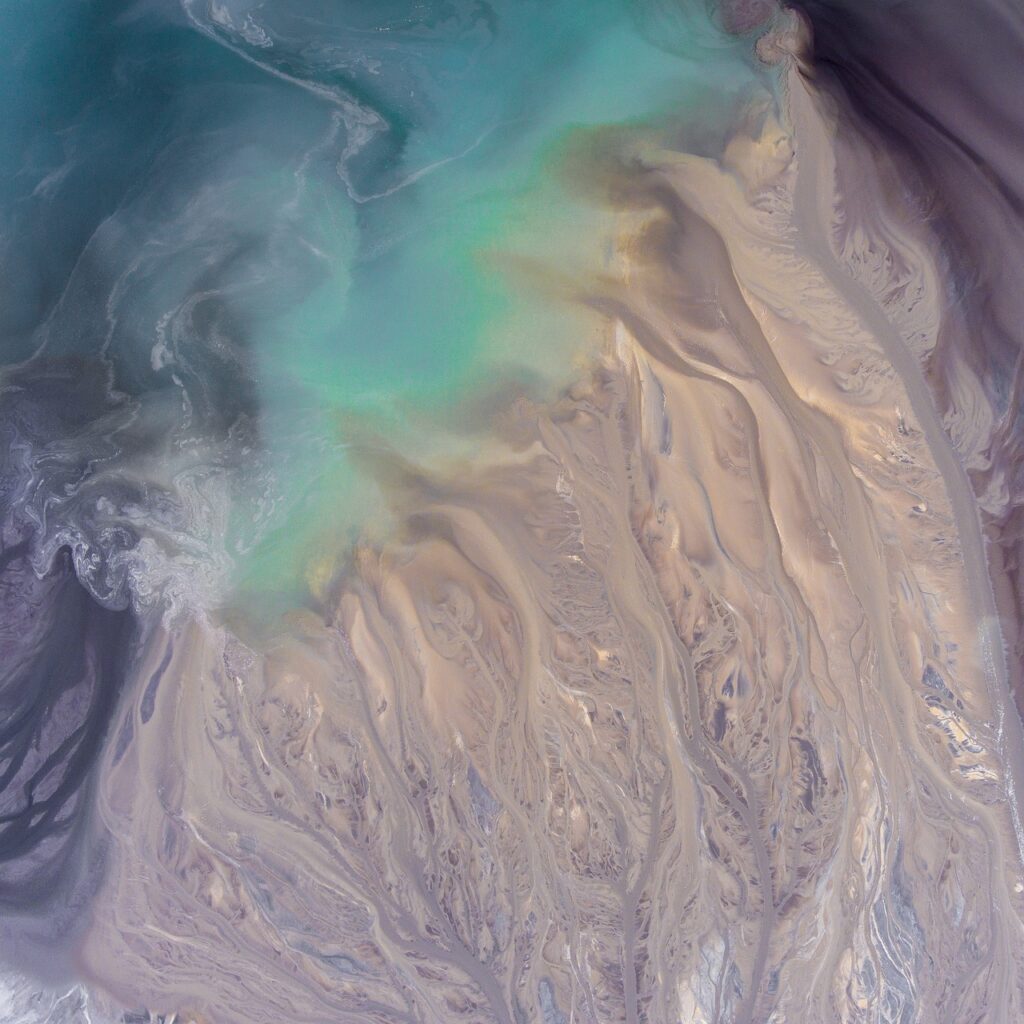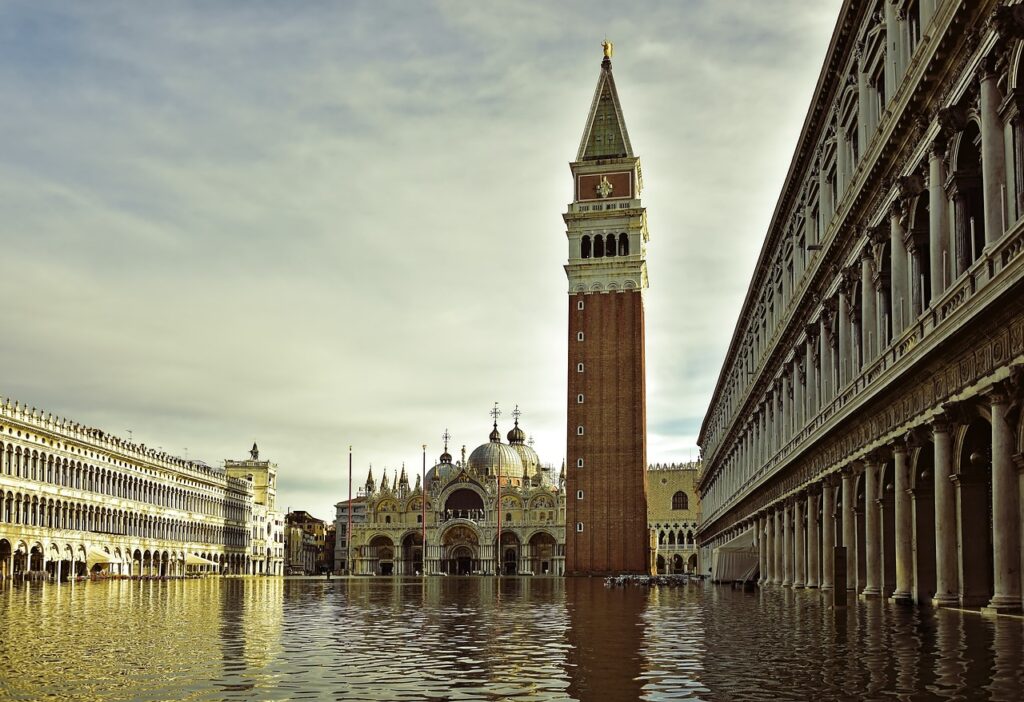Water running under shingles is a common issue that can lead to serious problems for homeowners. From leaking roofs to damaged insulation, this problem can cause significant damage to your property. In this article, we will explore some of the most common issues that arise when water infiltrates the area beneath shingles. Whether it’s improper installation, aging materials, or extreme weather conditions, understanding the causes of this problem is crucial for preventing further damage and preserving the integrity of your roof. So, let’s delve into the world of roofing and uncover the solutions to effectively address these common issues with water running under shingles.
Common Issues with Water Running Under Shingles

This image is property of pixabay.com.
Introduction to Water Running Under Shingles
Water running under shingles is a common problem that many homeowners face. It can lead to significant damage if not addressed promptly. Understanding the causes of water running under shingles and the signs to look out for is crucial for ensuring the integrity of your roof. In this article, we will explore the common causes of water running under shingles and discuss preventive measures and repairs that can be taken to mitigate this issue.
Causes of Water Running Under Shingles
1. Poor Roof Installation
One of the primary causes of water running under shingles is poor roof installation. When the roof is not properly installed, it may have gaps or inadequate flashing, which can allow water to seep underneath the shingles. This not only compromises the structural integrity of the roof but also increases the risk of water damage and leaks inside the house.
2. Damaged or Missing Shingles
Damaged or missing shingles are another common cause of water running under shingles. Over time, shingles can become cracked, torn, or dislodged due to extreme weather conditions or general wear and tear. When there are gaps in the roofing system, water can easily penetrate the underlayment and find its way inside the house.
3. Clogged Gutters and Downspouts
Clogged gutters and downspouts can also contribute to water running under shingles. When gutters are clogged with debris such as leaves, twigs, and dirt, water cannot flow freely off the roof. As a result, the water can accumulate on the roof and seep underneath the shingles, causing damage to the underlying structures.
4. Aging and Deteriorated Shingles
As shingles age, they can become brittle and more susceptible to damage. Over time, the protective granules on the surface of the shingles can wear off, exposing the underlying layers to moisture. Aging and deteriorated shingles provide an opportunity for water to infiltrate the roof system and run under the shingles.
5. Ice Dams
In colder climates, ice dams can pose a significant risk for water running under shingles. Ice dams form when warm air in the attic melts the snow on the roof, and the melted water refreezes at the eaves. This ice buildup prevents proper drainage and can force water under the shingles, causing leaks and water damage to the interior of the house.

This image is property of pixabay.com.
Signs of Water Running Under Shingles
Recognizing the signs of water running under shingles is crucial for early detection and prevention of further damage. Here are some common indicators to be aware of:
1. Water Stains on Ceilings or Walls
Water stains on ceilings or walls are an obvious sign of water intrusion. These stains may appear as discolored patches or small puddles on the surface. If you notice water stains, it is essential to investigate the source promptly and address the issue before it worsens.
2. Mold or Mildew Growth
The presence of mold or mildew is a clear indication of excess moisture and water infiltration. Mold or mildew can thrive in damp environments such as attics and wall cavities, where water running under shingles can go unnoticed. If you notice any signs of mold or mildew, it is important to address the underlying water issue and remediate the affected areas promptly.
3. Damp Attic or Insulation
A damp attic or insulation is a strong indication that water is running under the shingles. When water infiltrates the roof system, it can saturate the insulation and create a moist environment in the attic. This can lead to a host of problems, including water damage, rot, and even structural issues if left unaddressed.
Preventing Water Running Under Shingles
Preventing water running under shingles is crucial for maintaining the longevity and functionality of your roof. By implementing the following preventive measures, you can minimize the risk of water infiltration:
1. Regular Roof Inspections and Maintenance
Regular roof inspections and maintenance are essential for identifying and addressing potential issues before they escalate. Hiring a professional roofing contractor to perform routine inspections can help identify any damage, leaks, or areas prone to water intrusion. Prompt repairs and maintenance can prevent water from running under the shingles.
2. Proper Installation of Roofing Materials
Ensuring the proper installation of roofing materials is key to preventing water infiltration. When installing a new roof or replacing shingles, it is crucial to hire an experienced contractor who follows industry best practices. Proper flashing, sealing, and underlayment installation are vital in preventing water from seeping under the shingles.
3. Maintain Clean Gutters and Downspouts
Regularly cleaning and maintaining gutters and downspouts is essential for proper water drainage. By removing debris and ensuring unobstructed flow, you can prevent water from backing up onto the roof and running under the shingles. Consider installing gutter guards to minimize the accumulation of debris and reduce the frequency of gutter cleaning.
4. Adequate Ventilation and Insulation
Proper ventilation and insulation in the attic play a crucial role in preventing water running under shingles. Adequate ventilation allows for the escape of excess moisture, preventing the buildup of condensation that can lead to water infiltration. Proper insulation helps maintain a consistent temperature in the attic, reducing the risk of ice dams and melting snow.

This image is property of pixabay.com.
Repairing Water Damage from Shingles
If water has already infiltrated under the shingles and caused damage, it is essential to address the issue promptly. Here are some steps to repair water damage from shingles:
1. Identify and Address the Source of the Leak
The first step in repairing water damage is identifying and addressing the source of the leak. Thoroughly inspect the roof and look for damaged or missing shingles, areas of poor flashing, or clogged gutters. By addressing the underlying cause, you can prevent further water intrusion and damage.
2. Replace Damaged or Missing Shingles
If you discover damaged or missing shingles, it is important to replace them promptly. This will restore the integrity of the roofing system and prevent further water infiltration. Be sure to select shingles that match the existing roof to maintain a cohesive appearance.
3. Repair or Replace Damaged Underlayment
In some cases, water damage may have reached the underlayment beneath the shingles. If the underlayment is compromised, it will need to be repaired or replaced. This layer provides an additional barrier against water infiltration and is crucial for the long-term protection of your roof.
Conclusion
Water running under shingles can lead to significant damage to your roof and home if left untreated. By understanding the common causes of water infiltration, recognizing the signs, and implementing preventive measures, you can minimize the risk and protect your investment. Regular roof inspections, proper installation of roofing materials, and maintaining clean gutters are essential in preventing water from seeping under the shingles. In the event of water damage, swift action in identifying the source of the leak and taking the necessary repairs will help maintain the integrity of your roof and ensure a safe and dry home.
